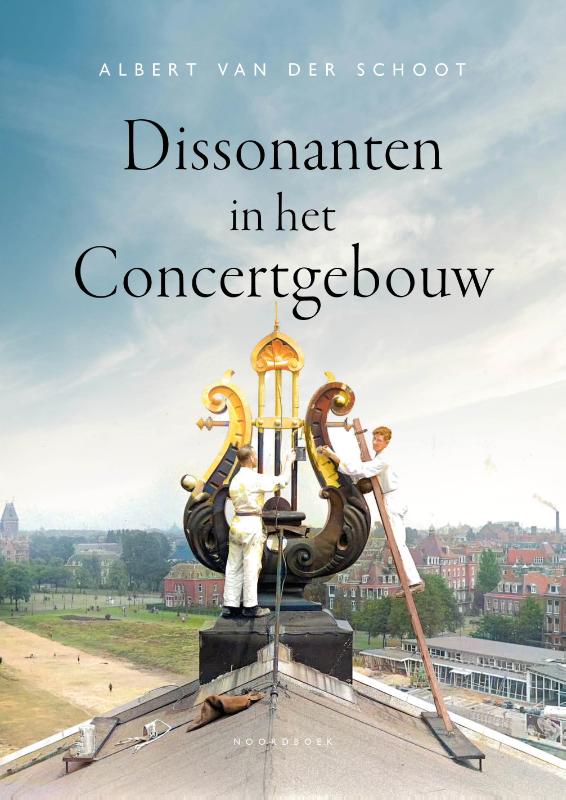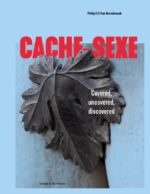Dissonanten in het Concertgebouw
€ 39,90
Het Amsterdamse Concertgebouw kennen we als tempel van de klassieke muziek. Maar er is meer gebeurd in dit iconische gebouw. De grote zaal was bijvoorbeeld ooit ook wielerbaan, balzaal, examenzaal, boksring en voetbalveld. Ook politieke bijeenkomsten vonden er plaats. In 1904 hield de Tweede Internationale er haar zesde congres. Een paar decennia later koesterde de NSB het gebouw als ‘het Bruine Huis in de Van Baerlestraat’.
Met grote betrokkenheid duikt Albert van der Schoot in al deze minder bekende facetten van het Concertgebouw. Zo komen we van alles te weten over de protestacties in de grote zaal, over de interesses van én de onderlinge fricties tussen de verschillende emancipatiebewegingen, en over de gedragingen tijdens de Tweede Wereldoorlog van de echt-niet-zo-naïeve Willem Mengelberg. En wie was toch die dame die op 5 oktober 1939 de uitvoering van Mahlers Lied von der Erde verstoorde door de dirigent toe te voegen: ‘Deutschland über alles, Herr Schuricht!?’
Albert van der Schoot studeerde muziekwetenschap en filosofie aan de Universiteit van Amsterdam en aan dezelfde universiteit doceerde hij esthetica, cultuurfilosofie en muziekfilosofie. Hij publiceerde en redigeerde meerdere boeken over de raakvlakken van muziek en filosofie.
Gerelateerde boeken
-
Cache-sexe
€ 34,90This book asks why humans through history have covered their genitals and worn a cache-sexe. Does the cache-sexe merely provide protection, or is it an instrument to draw attention? Can the cache-sexe be used to stimulate certain thoughts? Why does not wearing a cache-sexe provoke shame one society but not in another? Are nudity and nakedness the same?
On his quest to answer these questions, the author takes the reader on a review of the anatomy of the female and male genitals and reflects on how this part of the human body has been perceived over time and in various cultures. The different types of male and female cache-sex are discussed with reference to comprehensive illustrations based on unique and sometimes previously unpublished examples of cache-sexes and photographic documentation. The book also pays attention to the covering of the ‘backside’. Following this 360° exploration of the use of the cache-sexe, the place of the cache-sexe in art and fashion is uncovered.
Philip Van Kerrebroeck is an urologist and professor emeritus of Urology at the University of Maastricht. Born in Leuven (Belgium), he trained in Surgery and Urology in Brussels, Utrecht, Nijmegen and San Francisco. Over the years, he has also developed an interest in the history of urology and cultural anthropology. He is currently chairman of the History Office of the European Association of Urology (EAU).
-





